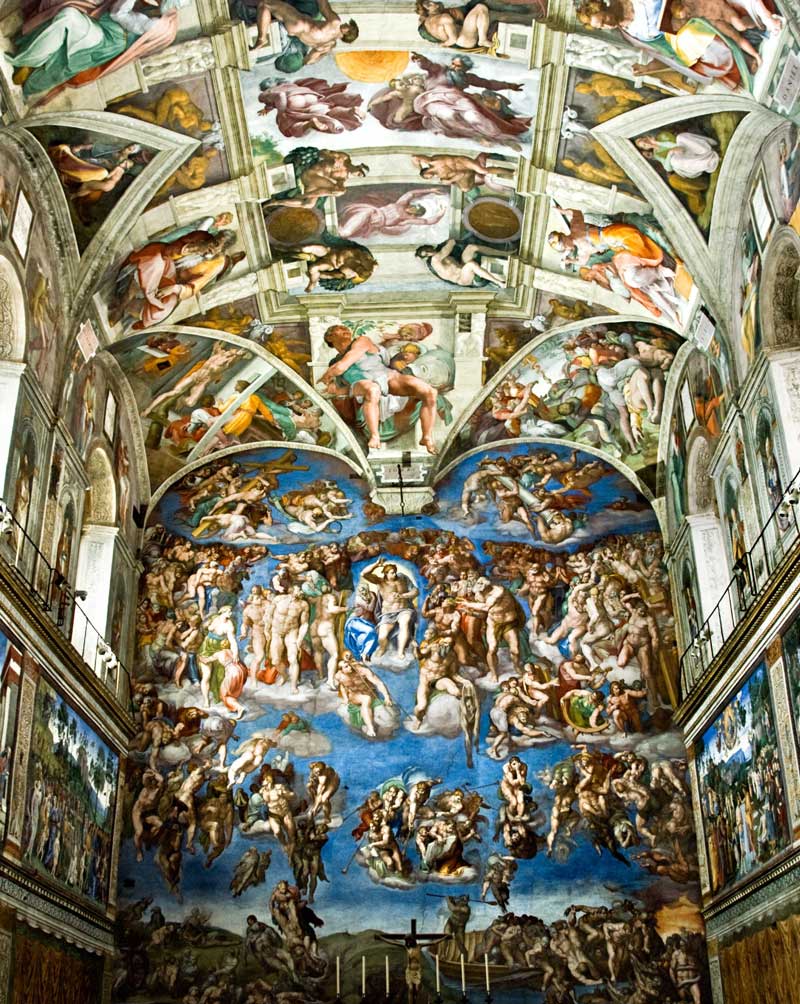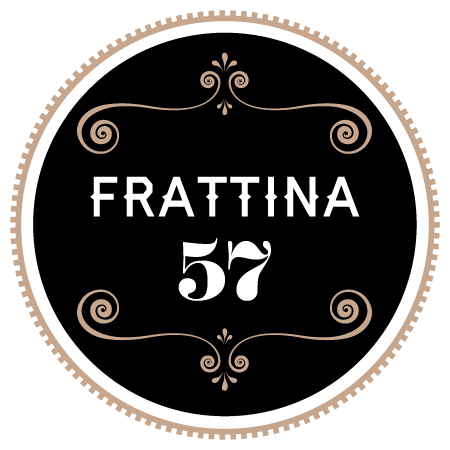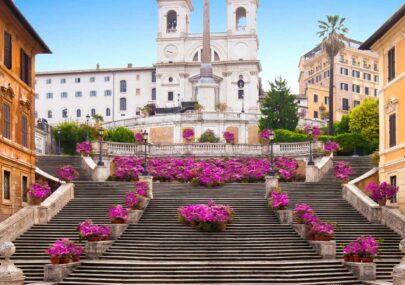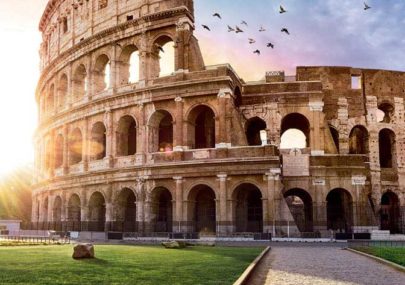
Vatican Museums
ith a jaw-dropping walk in the heart of Rome, starting from our exclusive B&B in the historic center, it is very easy to reach the Vatican, St. Peter's Basilica and admire the magnificence of the Vatican Museums, the most important museum complex in Italy. Within these walls are housed the works of important artists, known throughout the world.
A visit to the Vatican Museums and St. Peter's Basilica from an exclusive B&B in the heart of Rome...
The elegant and comfortable suites of Frattina 57 are in the ideal location for visiting every little secret of the Eternal City.
In its rooms are the masterpieces of such masters as the inventor Leonardo Da Vinci, Caravaggio and the impressive Titian. Not to mention Michelangelo Buonarroti, an exponent of the Italian Renaissance. Also very important, works from the Egyptian Era.


The Vatican museums are organized around 54 very rich galleries and several sections.
The best known are: the Gallery of Tapestries, set up in 1838. The tapestries are displayed in the Vatican Pinacoteca and collect the works of the New School and the Old School. They date from the period of the 1500s and, made mostly in Brussels, take up works by Raphael and his pupils. It was the year 1531 when they were, for the first time, displayed to the public, right in the famous Sistine Chapel.
The Gallery of Maps, is located along the path leading to the Sistine Chapel. It represents one of the most striking spaces in the Vatican museum section. Meters and meters, 120 to be precise, of maps representing the regions of Italy, including the most important ports of the time. The maps were made between 1581 and 1583.
Finally, the Vatican museums are composed of several sections: Pinacoteca, Raphael Rooms, Gregorian Etruscan Museum, Missionary-Ethnological Museum and, the famous, Sistine Chapel.
The Vatican museum complex-which includes the Vatican palaces and museums, as well as several outdoor spaces, such as the gardens-was founded in 1506 at the behest of then Pope Julius II.
Opening to the public, however, had to wait until 1771 when Pope Clement XIV displayed the Laocoon Group and the famous statue representing it. This mythological figure, though little known, took part in one of the most famous episodes in Greek literary work, the one involving the Greeks’ gift of the wooden horse to the Trojans. Here, Laocoon was the priest who tried to convince the Trojans not to accept the horse. The statue was found in a Roman vineyard and purchased by the very owner of the vineyard.
A curiosity related to the history of Museums takes us back to the period of nationalisms in Europe. It was 1938 when the already feared Führer was prevented from visiting the Vatican Museums. It was all thanks to Pope Pius XI who closed the complex to all guests in order to avoid the unwelcome visit. Adolf Hitler was never able to visit them.
The marvelous Sistine Chapel
The most important chapel in the entire apostolic palace. It is one of the symbols of Italy’s culture, art and architecture in the world. Dedicated to Mary Assumed into Heaven, this chapel was commissioned by Pope Sixtus IV della Rovere, who had it built in the years between 1475 and 1481.
The Sistine Chapel is frescoed by the hand of Michelangelo Buonarroti who covered the vault and the wall above the altar. Just above the altar is the famous “Last Judgment.”
Eyes around the world can admire it, through media cameras, during official ceremonies involving the pontiff as well as during the days of the Conclave when the Church elects a new pope.
A curiosity: many movies set scenes inside this room but no one has ever been allowed to use it for this purpose.
Simply put, all the “Sistine Chapel” seen in movies are reconstructions in film studios.



